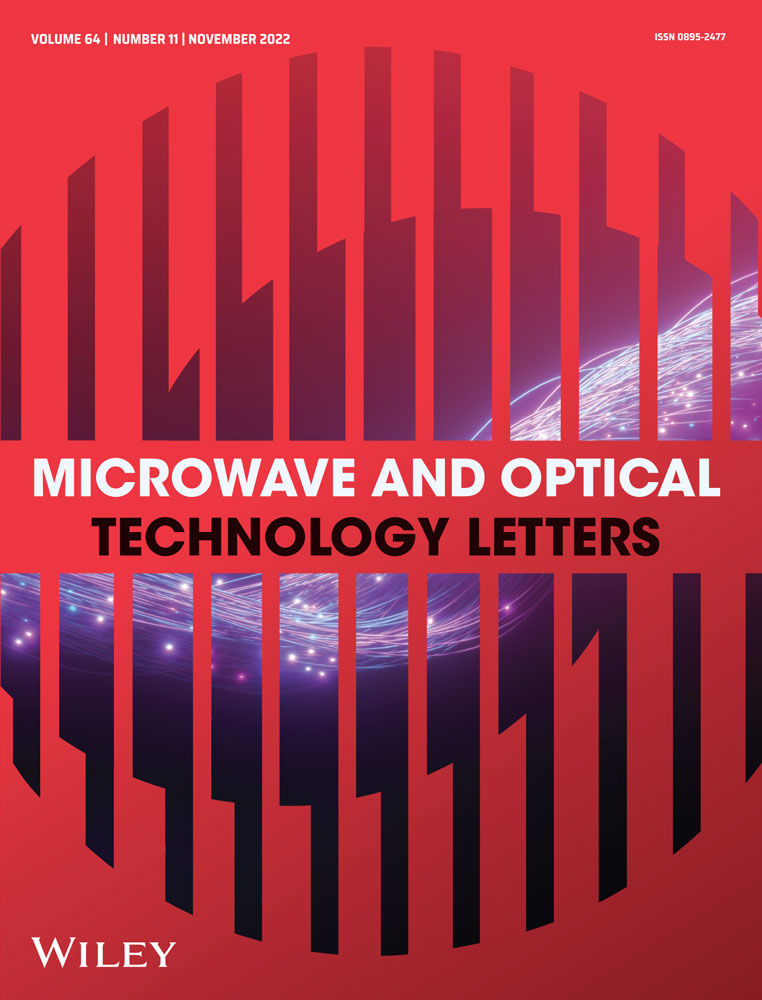Fast analysis of wideband scattering problems using universal characteristic mode basis functions
Abstract
The ultra-wideband characteristic basis function method (UCBFM) is known as an effective technique for analyzing the wideband scattering problems, where the ultra-wideband characteristic basis functions (UCBFs) can be reused for any sampling frequency in the range of interest. However, these UCBFs need to be constructed via an external excitation source, and the number of UCBFs is generally large for the increasing size of target, which leads to an increased size of the reduced matrix. To mitigate these problems, a universal characteristic mode basis function method (UCMBFM) is proposed in this study. Unlike the existing UCBFM, the construction of universal characteristic mode basis functions (UCMBFs) proposed in this study are only dependent on the impedance matrix, which is essentially determined by the material and shape of objects. Therefore, these UCMBFs are independent of frequency and can be reused at lower frequency band. Moreover, in proposed scheme, the number of UCMBFs and the size of reduced matrix are both less, when compared to traditional UCBFM. Finally, the corresponding numerical results demonstrate that efficiency and accuracy can be achieved by the proposed method.
Open Research
DATA AVAILABILITY STATEMENT
The data that support the findings of this study are available from the corresponding author upon reasonable request.




